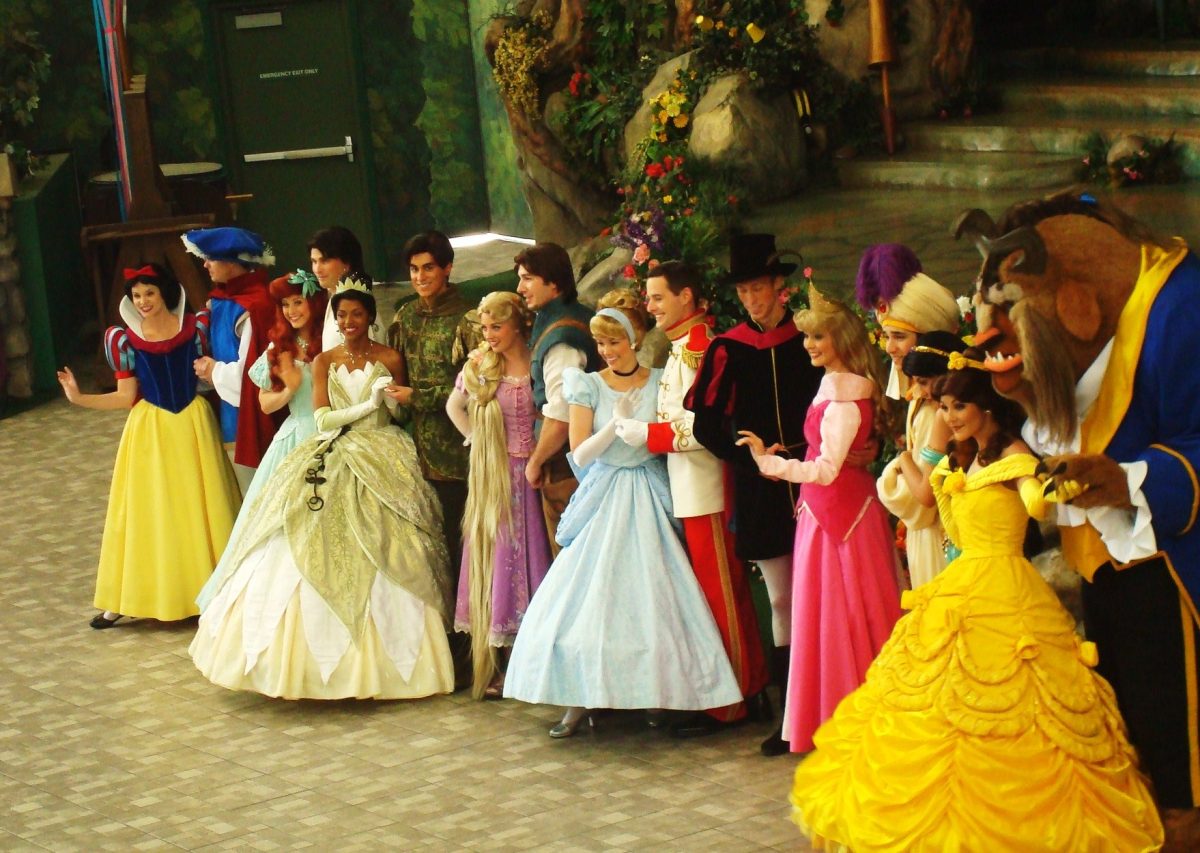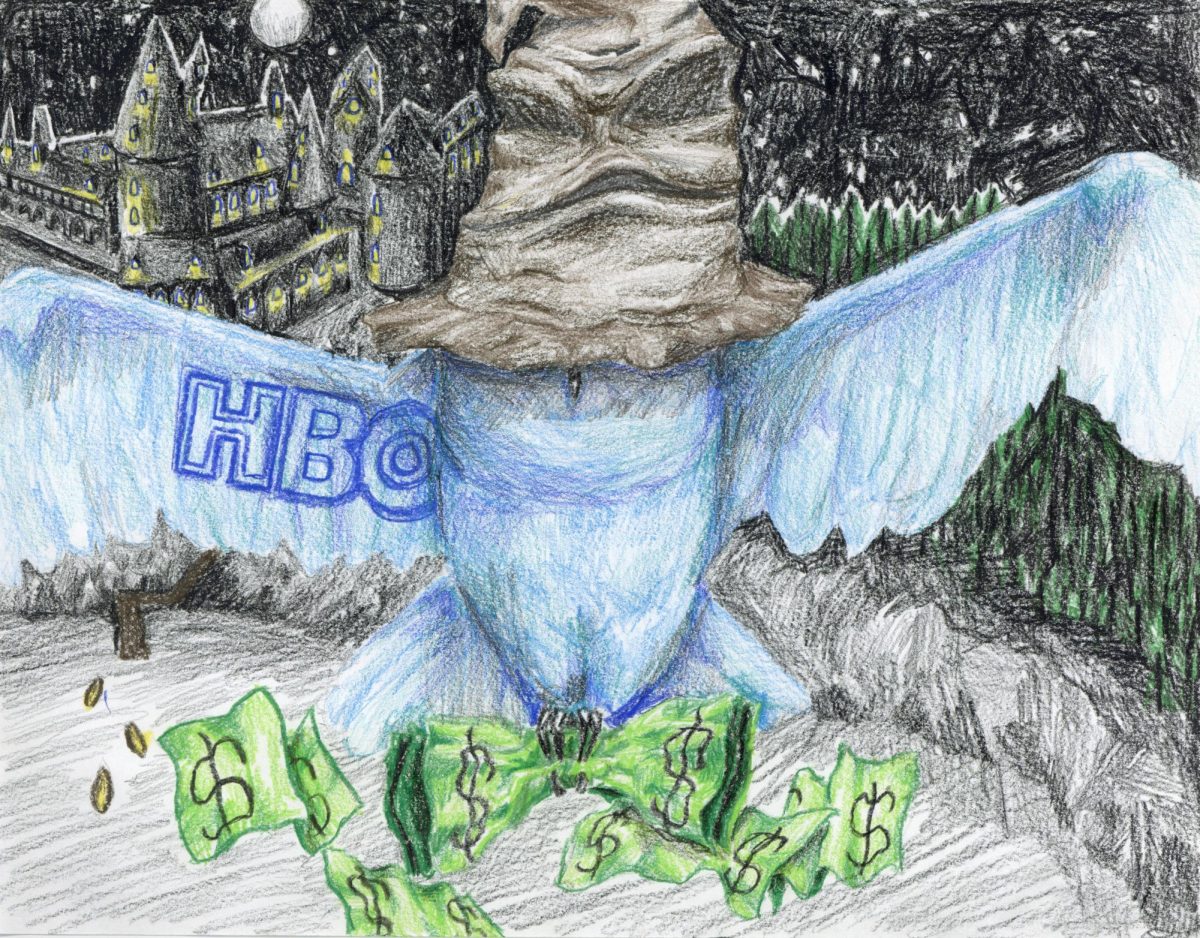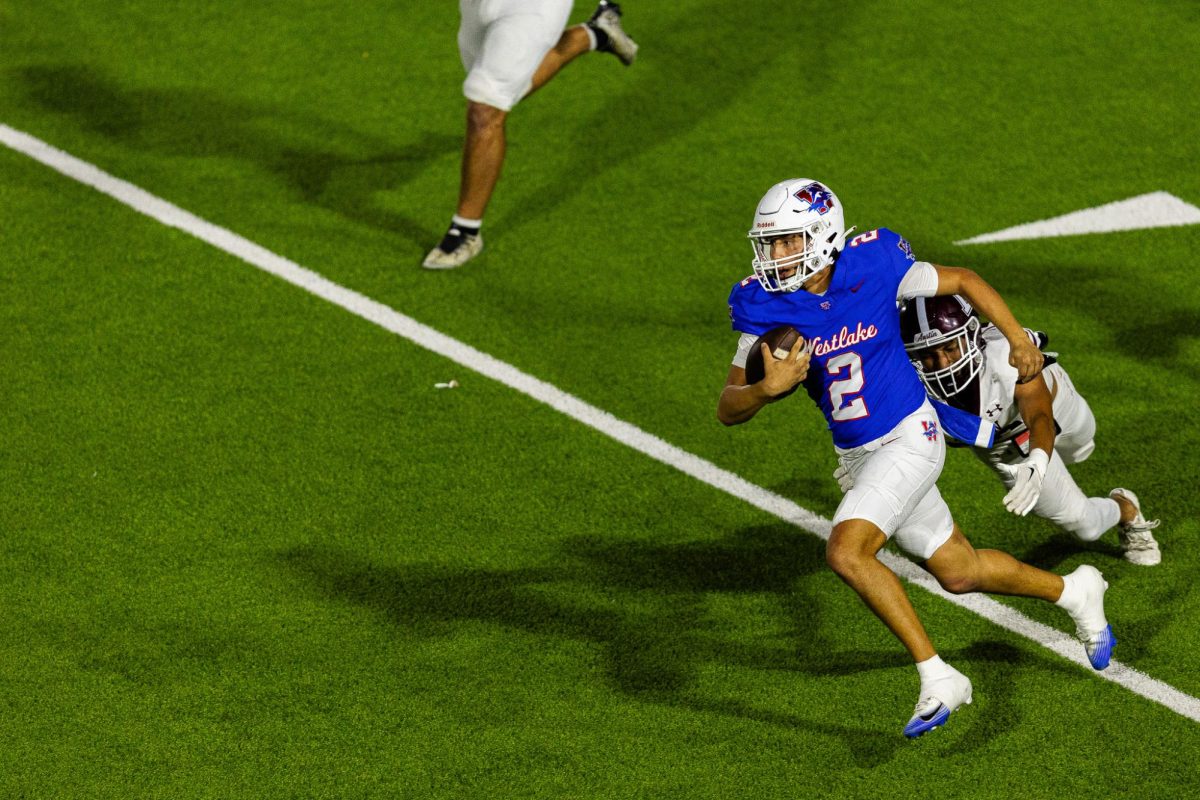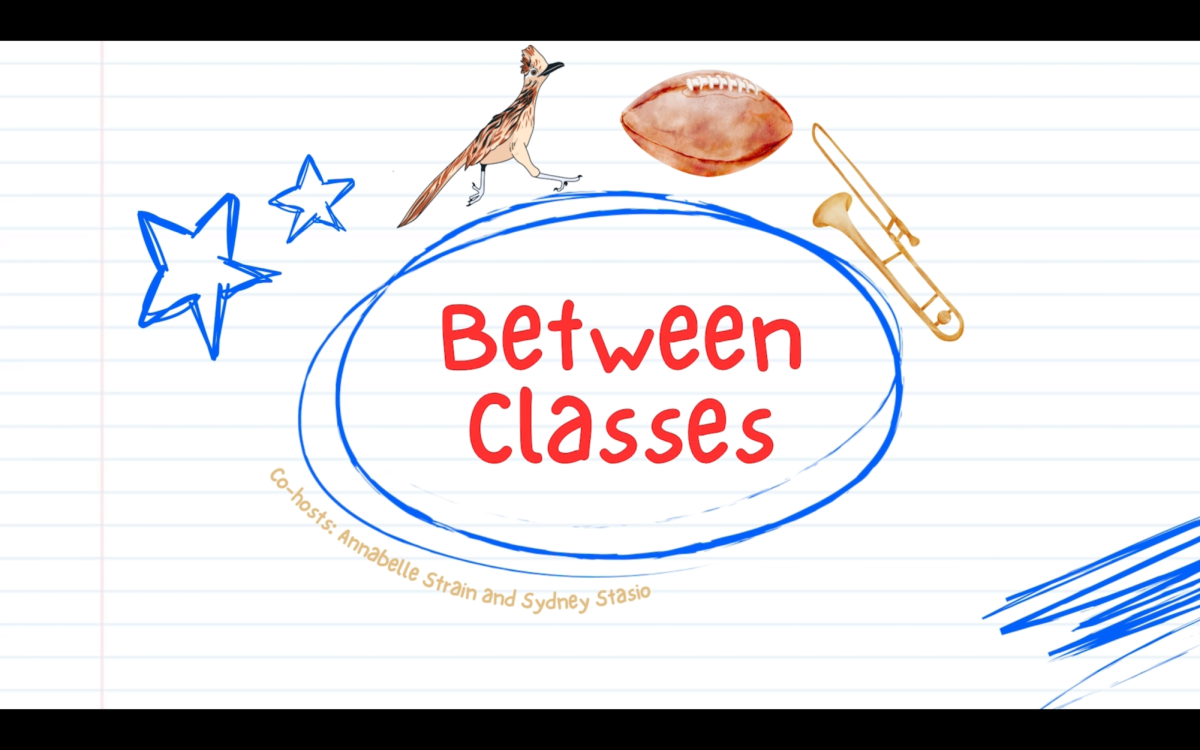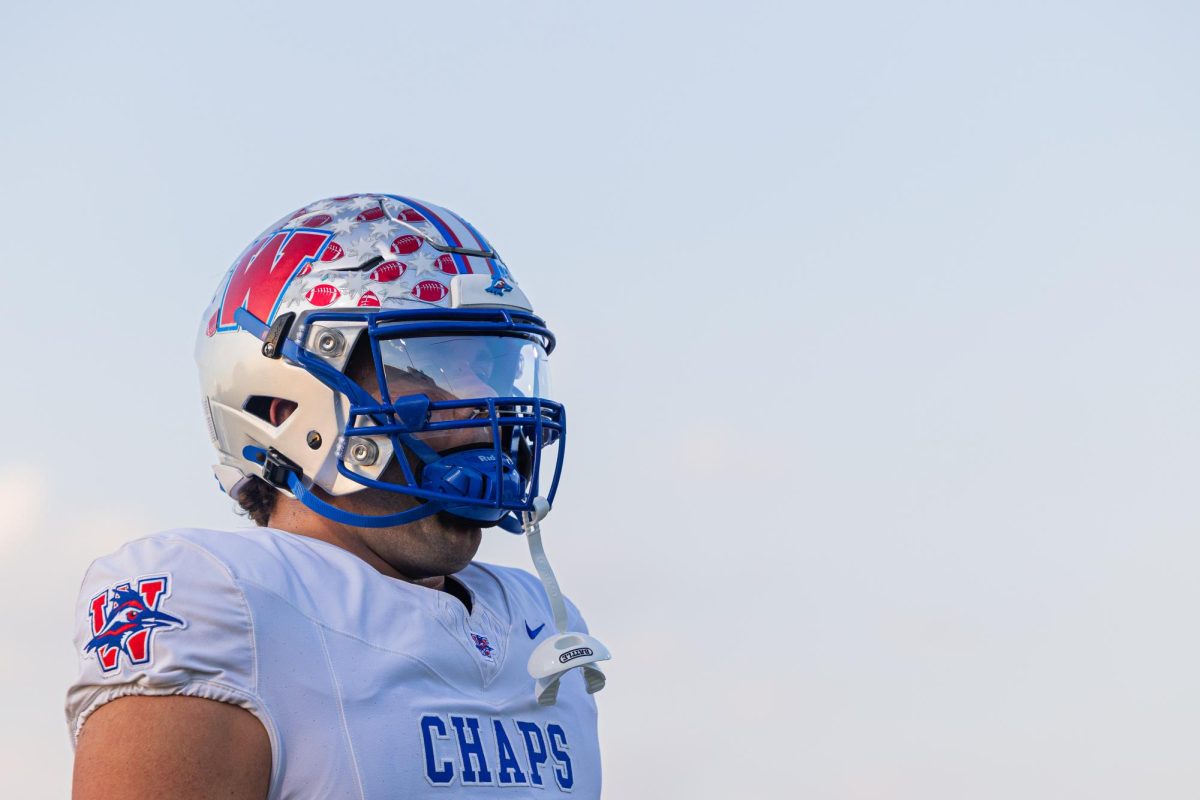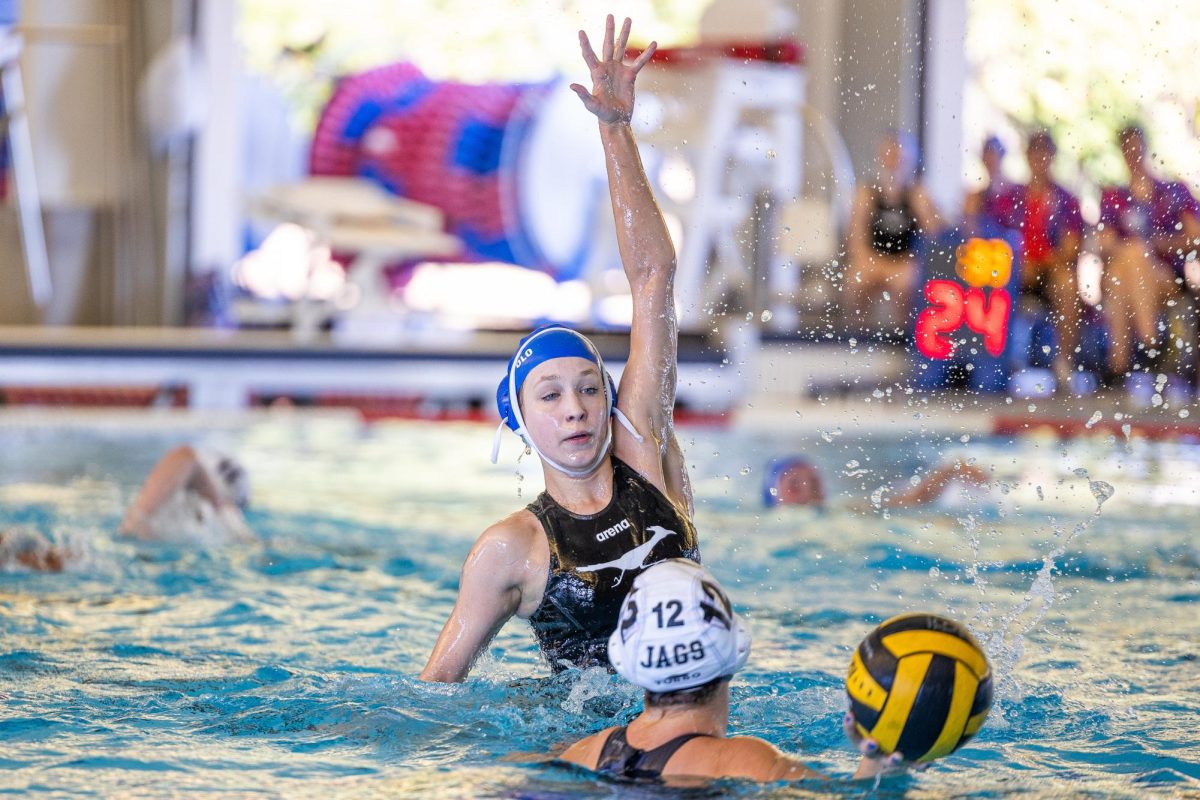“Moana 2,” the sequel to the 2016 animated film, premiers Nov. 27. It will be the first movie released of the project announcements by D23 2024 this August. The film is the second project in the sequence after the TV show “Agatha All Along” was released on Disney+ Sept. 18.
“Moana” (2016) is Disney’s 15th highest-grossing animated movie. However, the animation studios have been in a dark age since the release of “Onward” Mar. 6, 2020 – around the COVID-19 lockdown.
The company’s 100th year anniversary film “Wish” (2023) received less than a 6/10 rating by IMDb. “Lightyear” (2022) was terribly anticlimactic, lacking plot progression and character development, to name a couple of failed projects.
Disney’s net worth dropped from $261 billion in Jan. 2020 to $180 billion this month, even after a spike in 2021. And, its current plan of action is worrying. A majority of the D23 2024 announcements were prequels, sequels and remakes. This is not a strategic course of action for the company. Its net worth is negatively fluctuating. There is a lack of sophisticated male protagonists in its animated films. And, cinematic elements are trite; nothing original is being produced anymore.
Disney strictly adheres to a ‘princess’ theme. Beloved stories include “Cinderella” (1950) and “Frozen” (2013). In fact, “Frozen” is the studios’ third highest grossing animated film. The story was new and original, emphasizing the importance of sisterly love. This contrasted with other Disney princess films which revolved mostly around romance.
The princess films of this decade, however, like “Encanto” (2021) and “Wish” (2023) are nowhere near the level of older ones. Their stories are simple. And, they reuse characters — namely, the quirky young woman.
The animation studios’ repertoire now consists of five quirky female protagonists: Rapunzel (“Tangled” 2010), Anna (“Frozen” 2013), Moana (2016), Mirabel (“Encanto” 2021) and Asha (“Wish” 2023). The personality range for female characters is narrow. Gen-Z fans have had their fill of Millenialized princesses.
Disney hasn’t changed their princess plots, characters and songs from the previous decade. Adding more unoriginal ‘girl’ movies to their collection won’t increase the company’s revenue long term. They are missing out on a huge potential market: boys.
Animated films with male leads have been released in the past. However, Disney’s male-led animation franchises aren’t invested in as well as those of ‘princesses’.
Princess films therefore remain the face of the animation studios, as they have been since the release of the company’s first ever full movie, “Snow White and the Seven Dwarfs” (1937). Lack of marketing and sophistication in male-lead movies is visible to the common fan.
Many of Disney’s well-known male-led animated films were released in the 20th century. These include “Pinocchio” (1940) and “Peter Pan” (1953). Despite their appeal to adult film critics, they are too alienated from the everyday life of young boys. Children are unlikely to connect with characters from previous generations, and just as unlikely to emulate puppets, lions, dogs and the like.
A majority of male protagonists are animals. Boys’ growth and inspiration is facilitated by human characters, who audiences of any time period can relate too. Princesses fill this role for girl audiences, teaching everyday morals. Male versions of this barely exist.
Newer, less reputable ‘boy-friendly’ films include “Wreck It Ralph” (2012).
Plenty of sequels, spinoffs and remakes have been released of princess films, including “Aladdin” (2019) and “Moana 2” (2024), among countless others. Disney hasn’t released many additional projects for films with male leads. As a result, those stories and characters quickly fade into the background, adding little to the animation studios’ repertoire.
“Ralph Breaks the Internet” (“Wreck It Ralph 2” 2018), for example, received generally positive reviews from critics. It was rated 7/10 by IMDb and 88% on Rotten Tomatoes. But, the film’s main character Ralph was barely perceptible for the bulk of the storyline. Female protagonist Vanellope von Schweetz stole the spotlight.
In the movie, Disney princesses make a guest appearance. Vanellope sings alongside iconic characters like Aurora and Pocahontas about finding herself, giving the audience insight into her struggle with her life goals.
Ralph, meanwhile, is unchanged from the first film. The original “Wreck It Ralph” (2012) showed his personal journey as his morals and values changed. The second film doesn’t further develop his character beyond toxic masculine stereotypes — physically strong and not too bright.
This isn’t to say developed male characters haven’t been produced. Kristoff from the “Frozen” franchise (2013-2019) is a sarcastic yet soft-hearted character. Flynn Rider (“Tangled” 2010) is a brave trickster who finds joy and love with Rapunzel, the film’s princess protagonist.
Unfortunately, even the most complex male characters are overshadowed by the princess leads in their films.
A majority of interesting Disney male (human) characters are the love interest of a princess. In fact, even Warner Bros Studios made a movie about this issue outside of Disney. At Disney theme parks, princesses have their own parade. Their floats emphasize the women’s dresses and songs. The princes are merely accessories for show, serving as counterparts to the princesses.
And, a quick Amazon search quickly reveals the lack of merchandise for princes. If the princes were better marketed with theme park events, costumes and toys, boys would be more interested in what Disney movies have to offer. This could also lead the company to further invest in prince franchises with songs and sequels.
Movies featuring princes lack the sophistication of their counterparts. Films like “Frozen” (2013) and “Tangled” (2010) feature an entire orchestra for their soundtracks. The dramatic, moving pieces appeal to audiences, contributing to the movies’ popularity. “Wish” (2023) invested in skilled singers, including Ariana DeBose and Chris Pine, Hollywood professionals who starred as this animated film’s protagonist and antagonist respectively. Even older films such as “Cinderella” (1950) use dazzling animations to bring the story to life.
Male-protagonist films don’t feature the same dramatic elements. So, they don’t stand out in the animation industry. “Bolt” (2008) and “Big Hero 6” (2014) aren’t too impressive in terms of music and animation. If the Disney animation studios invested more in these cinematic elements, their ‘boy’ movies would garner more attention and overall audience engagement.
Boys may have options outside of Disney – “Paw Patrol,” dinosaurs – but these productions aren’t as iconic and sophisticated as Disney’s “Tangled” (2010) and “The Little Mermaid” (1989). Disney has the ability and access to resources to create stunning movies which can appeal to young male audiences. They just don’t use it because of a desire to stick to the well-known princess theme of their animation studios.
Gender diversity would expand Disney’s audiences by two times, if not more. Many more families would tag along with their sons, nephews and grandsons to the movie theater and to theme parks annually. Revenue would increase exponentially.
Walt Disney Animation Studios has been an innovator in the animation industry since 1923. Their movies have shaped generations of children, and adult audiences too are stunned by the magic of Disney. It’s beyond disappointing to see the beloved media company’s short fallings in the modern age.
Reaching beyond current fans would be a strategic use of the company’s influence and capabilities. And, the boys of the next generations would have as much color to their lives as their female peers.

